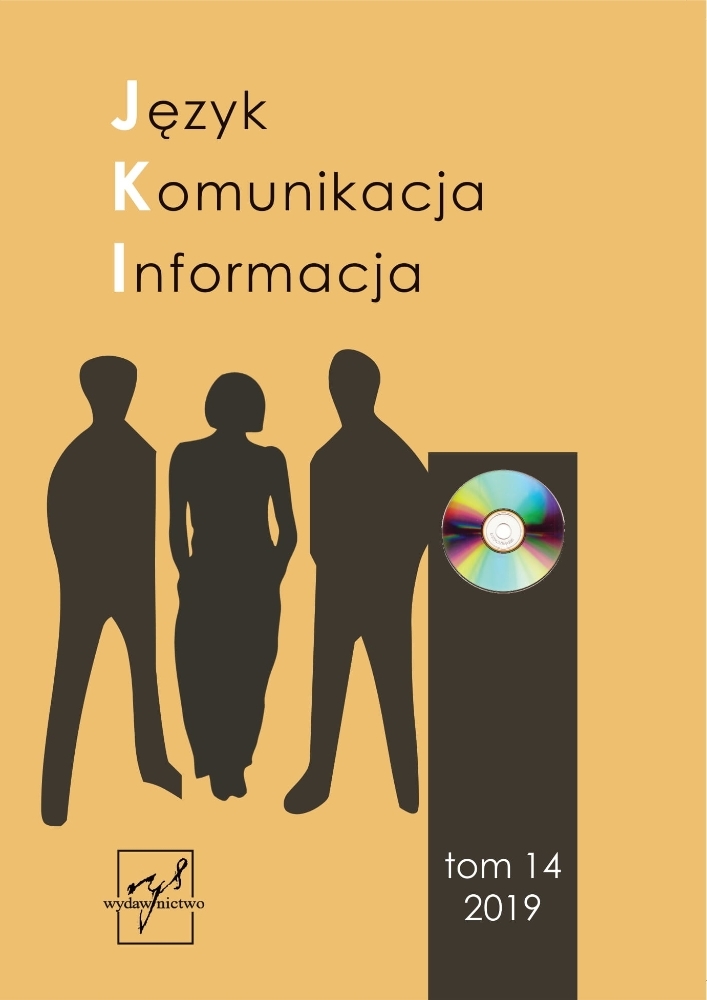Abstract
This paper presents an empirical methodology for examining the semantic structure of three Hungarian suffixes: -nak/-nek (dative), -hoz/-hez/-höz (allative) and -nál/-nél (adessive). Case suffixes have a wide polysemic semantic structure that so far has been mostly examined from a linguistic point of view in the Hungarian literature. In contrast with the former investigations, the present sorting task (cf. Sandra and Rice 1995) is based on a test performed by language users. Informants were 25 native speakers whose task was to sort 3 packs of 20 sentences that contained one word with one of the three case suffixes each. They were asked to make arbitrary groups based on the meaning of the suffixes. Then the results were put to a hierarchical clustering analysis by the software Past, which illustrated the more typical pairings and similarities on a dendrogram. The graphs on the dendrograms show us which meanings are closer in sense, and which ones are less similar. The method may be a useful tool for learning something about a polysemic network based on the language users’ intuition.
Funding
ÚNKP-19-3 New National Excellence Program of the Hungarian Ministry for Innovation and Technology
License
Open Access Policy: This journal provides immediate open access to its content on the principle that making research freely available to the public supports a greater global exchange of knowledge.
By sending their contributions authors accept that papers published in this journal are available online free of charge (Open Access) and are subject to the Creative Commons license 4.0 version BY-NC-ND.
